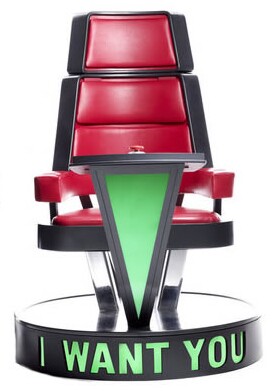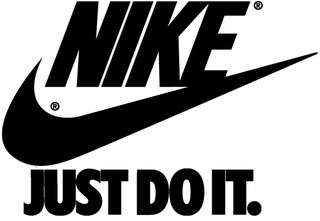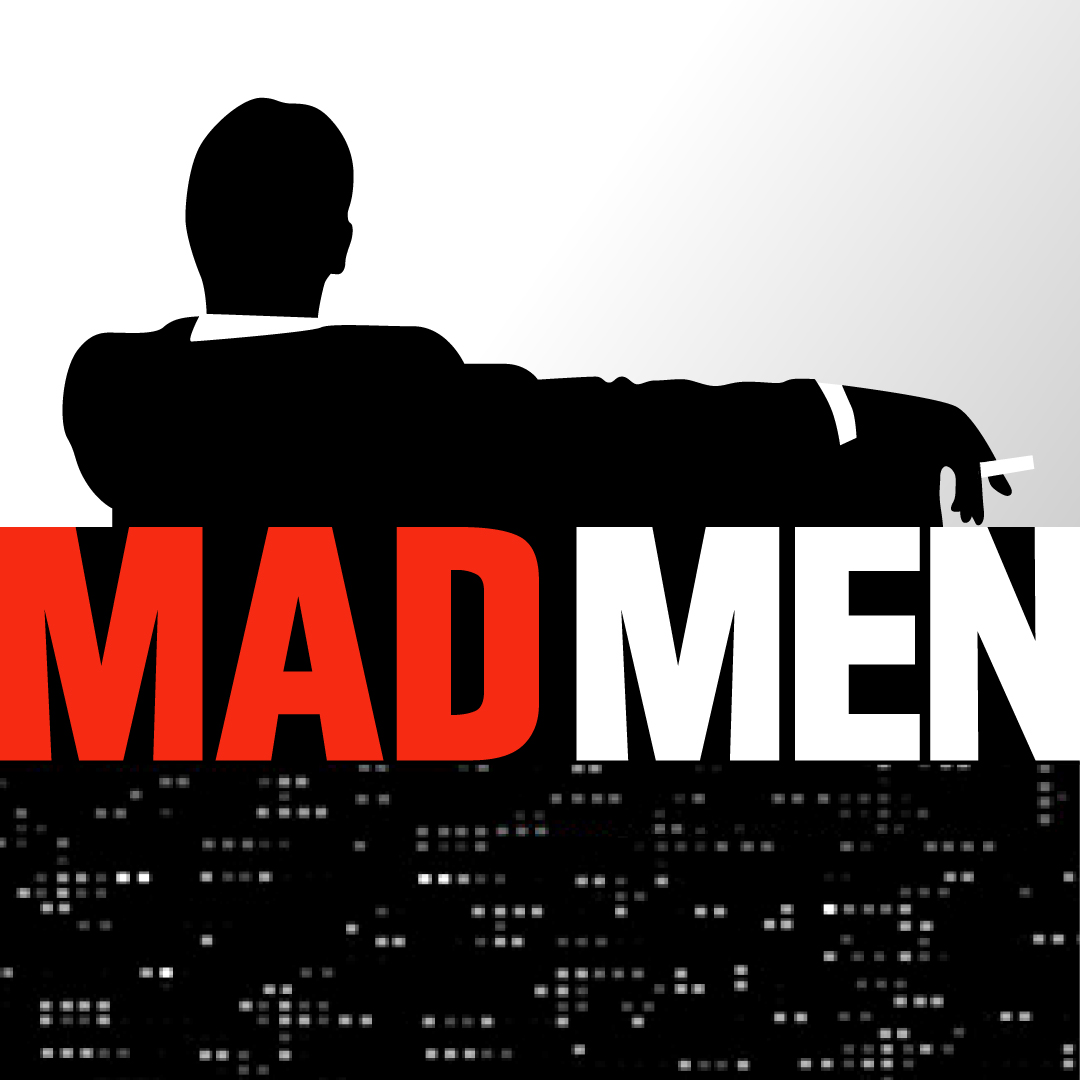Some of you are going to disagree with what I’m about to say. Especially if you think that the secret to successful marketing is having a great social media program … or a brilliantly designed website … or beautiful literature… or just having been around a long time.
The real Silver Bullet to Marketing … well, actually there are two silver bullets:
1 – Defining a clear and unique point of difference from others in your category and
2 – Telling that story in a way that grabs the audience’s attention and captivates their imagination.
In short, it’s not WHERE your message is told but WHAT your message is and HOW compellingly it’s told. It’s all about the message. Period. End of sentence.
We have clients that use Facebook, TV, print, online and email marketing. But without something truly original and compelling to say, none of those mediums would work.
I can’t tell you the number of times we’ve spoken with companies who complain that “radio never works,” or nobody’s reading the newspapers anymore. Then we ask to see what they’ve been running on radio or in the newspapers and, to us, the problem is crystal clear: the message just doesn’t set them apart and it’s not exciting enough to get anyone to pay attention, let alone remember or act on it.
And that’s equally true with Facebook or any other digital marketing. How many Facebook pages are just a jumble of unrelated posts that don’t point to a uniform branded message? How many posts are just … nice … but aren’t really worth clicking the like button, let alone sharing? And how many websites are hardly more than online catalogs without an original point of view that attracts and engages the visitor?
The legendary adman Bill Bernbach said it correctly: “The truth isn’t the truth until people believe you — and they can’t believe you if they don’t know what you’re saying — and they can’t know what you’re saying if they don’t listen to you — and they won’t listen to you if you’re not interesting — and you won’t be interesting unless you say things imaginatively, originally and freshly.”
Was he right? Based on that philosophy, his agency, DDB, built such previously unknown names as VW, Alka Seltzer, Sony and Avis into powerhouse brands – and it even got a president elected.
Over the years, media choices have come and gone. Today, the audience spends more time on Hulu than on NBC, and their mobile phone is their connection to the outside world. But Bernbach’s words remain as potent now as they did when he said them.
If your marketing isn’t pulling for you the way you’d like, don’t look at the medium for the solution. Look at the message. That’s the only true connection between you and the people you want to buy from you.
So, for the record, our mantra is this – and it’s been this since we first opened our doors: The Right Message, Compellingly Told, is Everything! That’s marketing’s Silver Bullet.
####
Dan Katz is president, creative director of LA ads. To discuss your thoughts with Dan on this blog or any marketing matters, email via this link, or visit www.LAadsMarketing.com. You can also connect with Dan on LinkedIn. See agency work via this link.

 Oh, the world of numbers. To those involved in Marketing, it goes with the territory. We look at the marketplace and how many prospective customers there might be. We slice and dice demographic information and analyze demographic trends. We do quantitative market research. We fixate on how many likes, follows, shares, retweets, etc. have occurred. And we’re not finished yet as new and more “effective” metrics are constantly being developed. While tracking marketing numbers isn’t like keeping up with the stats of, say, baseball, for many marketers, numbers are almost everything. And for some, they are everything.
Oh, the world of numbers. To those involved in Marketing, it goes with the territory. We look at the marketplace and how many prospective customers there might be. We slice and dice demographic information and analyze demographic trends. We do quantitative market research. We fixate on how many likes, follows, shares, retweets, etc. have occurred. And we’re not finished yet as new and more “effective” metrics are constantly being developed. While tracking marketing numbers isn’t like keeping up with the stats of, say, baseball, for many marketers, numbers are almost everything. And for some, they are everything. Over the years, there’s one TV show that I make a point of watching and it’s “The Voice.” It has nothing to do with me fashioning myself as a singer and secretly wishing I was up there performing. In fact, I’m not a good singer at all. When our family goes to our annual vacation spot and the karaoke machine comes out, and I do my couple of songs, people just wince at how bad I am. Not to put too fine a point on it but when I was a kid, I was asked to leave (read: kicked out) of the kid’s church choir. Yeah, I’m that bad.
Over the years, there’s one TV show that I make a point of watching and it’s “The Voice.” It has nothing to do with me fashioning myself as a singer and secretly wishing I was up there performing. In fact, I’m not a good singer at all. When our family goes to our annual vacation spot and the karaoke machine comes out, and I do my couple of songs, people just wince at how bad I am. Not to put too fine a point on it but when I was a kid, I was asked to leave (read: kicked out) of the kid’s church choir. Yeah, I’m that bad. Oh, the wonder of beautifully crafted taglines. Those few strategically selected words that sum up everything your business stands for and what you want your target audience to know about you. They’ve made companies fortunes by telling people what makes them stand out in the sea of sameness. Consider FedEx’s brilliant “When it absolutely, positively has to be there overnight.” Nine simple words that tell FedEx buyers precisely what they’re going to get, while simultaneously informing all of its employees what their mission is. What if FedEx’s slogan was “We ship things!”? Would Nike be as successful if it allowed an executive committee to red-pencil “Just do it” into “When you need great shoes?” How would BMW’s vision change if “The Ultimate Driving Machine” became “Our cars are fun to drive!” My point is that these companies didn’t settle for weak platitudes or vague, generalized statements that could have applied to their competitors. Nope, they decided that they weren’t going to settle. Instead standing out and differentiating themselves was business-critical. Can the same be said for your company and its marketing? Do you have a themeline or slogan that makes you stand out? Is it unique and memorable? Or is it mediocre because somewhere down the line, people settled?
Oh, the wonder of beautifully crafted taglines. Those few strategically selected words that sum up everything your business stands for and what you want your target audience to know about you. They’ve made companies fortunes by telling people what makes them stand out in the sea of sameness. Consider FedEx’s brilliant “When it absolutely, positively has to be there overnight.” Nine simple words that tell FedEx buyers precisely what they’re going to get, while simultaneously informing all of its employees what their mission is. What if FedEx’s slogan was “We ship things!”? Would Nike be as successful if it allowed an executive committee to red-pencil “Just do it” into “When you need great shoes?” How would BMW’s vision change if “The Ultimate Driving Machine” became “Our cars are fun to drive!” My point is that these companies didn’t settle for weak platitudes or vague, generalized statements that could have applied to their competitors. Nope, they decided that they weren’t going to settle. Instead standing out and differentiating themselves was business-critical. Can the same be said for your company and its marketing? Do you have a themeline or slogan that makes you stand out? Is it unique and memorable? Or is it mediocre because somewhere down the line, people settled? I was having lunch with a friend who is well-respected and recognized in the advertising industry (age of “Mad Men”), when we both started reciting well-known marketing/advertising quotes and how there are as relevant today as they were 40 to 60 years ago. Unfortunately, too many marketing director types immediately dismiss these pearls of marketing wisdom because they think “that was then and this is now.” The problem with that type of thinking is that these people are doomed to make the same mistakes over and over again because they don’t get one important fact: marketing has the same challenges as it did years ago which, in short, is the need to differentiate your message from competitors so people buy your product or do business with you. It’s we just have a lot more channels to contend with today.
I was having lunch with a friend who is well-respected and recognized in the advertising industry (age of “Mad Men”), when we both started reciting well-known marketing/advertising quotes and how there are as relevant today as they were 40 to 60 years ago. Unfortunately, too many marketing director types immediately dismiss these pearls of marketing wisdom because they think “that was then and this is now.” The problem with that type of thinking is that these people are doomed to make the same mistakes over and over again because they don’t get one important fact: marketing has the same challenges as it did years ago which, in short, is the need to differentiate your message from competitors so people buy your product or do business with you. It’s we just have a lot more channels to contend with today.